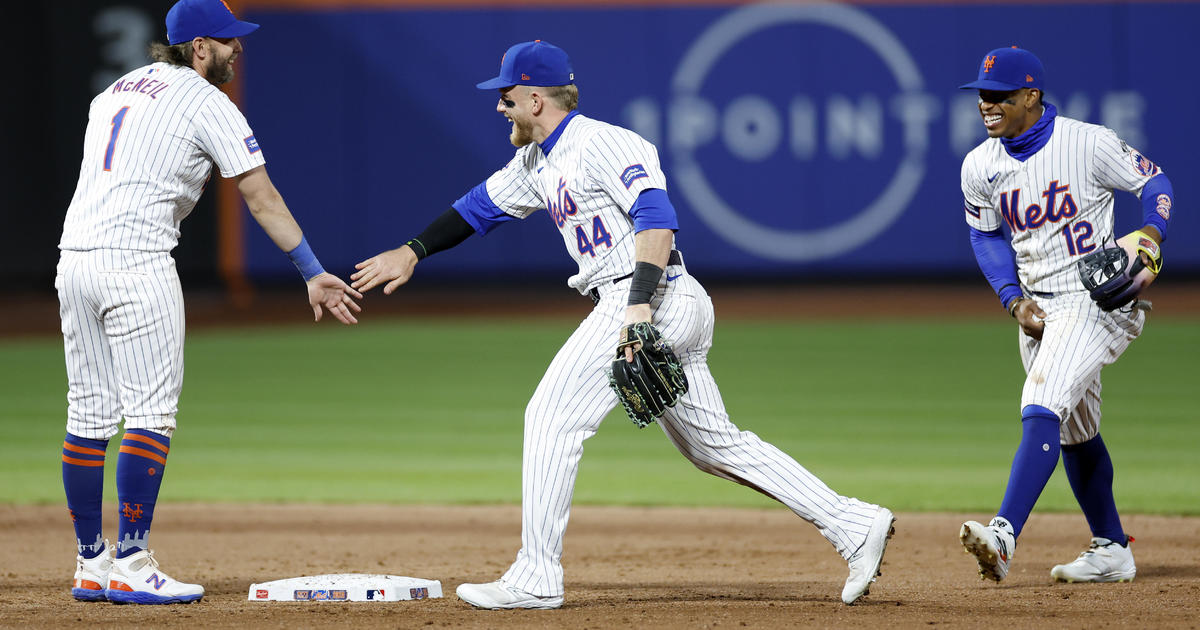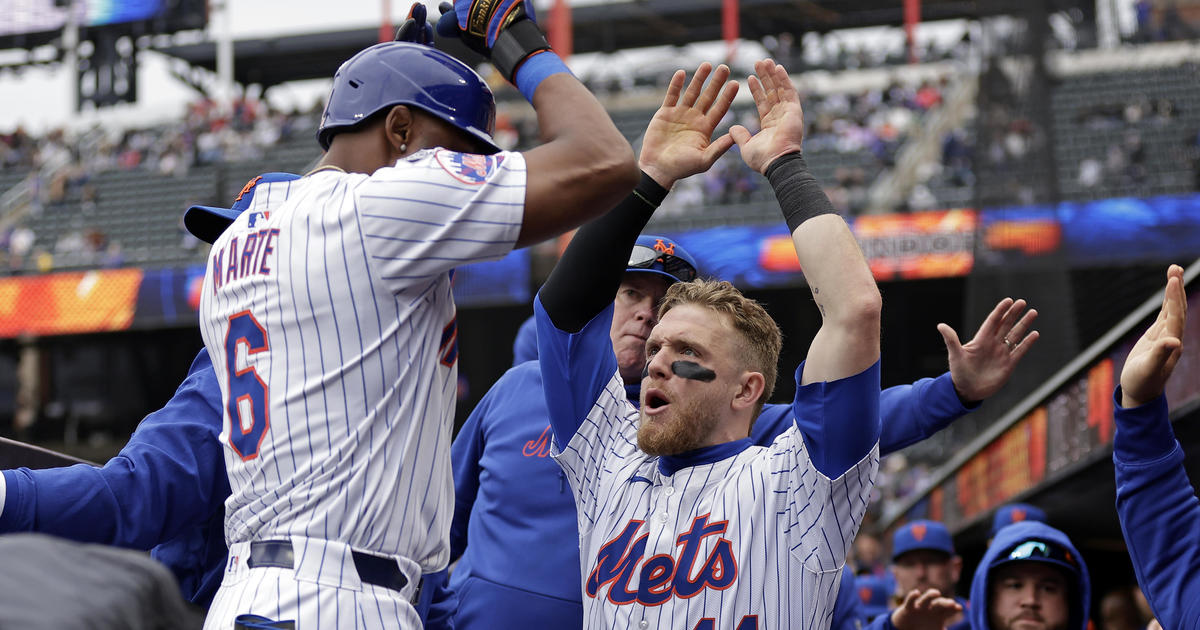Kallas: Don't Blame The Error On Angel Pagan
By Steve Kallas
» More Columns
By now, you've probably seen the play: Thursday afternoon, top of the fifth inning, one out, first and second (after Lucas Duda took a poor angle and made a bad throw to second on a potential 3-6-3 double play), Cardinals over the Mets 3-1 and John Jay at the plate. Jay singles up the middle, the ball literally hits off second base and bounces into right-centerfield.
Angel Pagan charges on the ball, scoops it up and looks like he wants to throw to third. But he pumps and then, out of the corner of his eye, sees that Jay is 20-25 feet around first, so Pagan throws to first base. Unfortunately for him (and the Mets), the only person at first base is Cardinals' first-base coach Dave McKay, who is literally standing inches from first base, directly behind the base (in foul territory). Pagan's throw, right on the money if there was a Met there to catch it, bounces past McKay (he has to jump out of the way) and bounces off the stands behind first, allowing another run to score (and giving Pagan a throwing error).
BUT WAIT A MINUTE!
Pagan, not entirely correctly, gets hammered for making a throw to a base with nobody covering (Duda, the first baseman, was the cut-off man for a possible throw home; Jonathan Niese, the pitcher, was behind the third-base line, backing up a potential throw home).
Here's the problem: when Pagan changes his mind from throwing to third, he has to make a split-second decision as to whether to throw to first or not. Seeing the batter (Jay) rounding first by 20-25 feet, he knows he's got Jay at first. He sees a body there, but it's a St. Louis coach (McKay), not a Met player. Indeed, after the game, Pagan said that he thought McKay was Duda, which, if you understand the split-second nature of the decision (many don't understand this), isn't as far-fetched as it sounds.
WHAT ABOUT INTERFERENCE?
Here's the pertinent part of the rule (MLB Official Rule 2.0, definition of interference): "(a) Offensive interference is an act by the team at bat which interferes with, obstructs, impedes, hinders or CONFUSES any fielder attempting to make a play." (emphasis added)
There is no doubt that Pagan was confused by the fact that McKay was standing inches from first (in fact, from the outfield, it could have looked like McKay was actually standing on first base, which he wasn't). So one could argue, in this case, that Jay could have been called out due to the interference of the first-base coach, which interference (i.e., confusion) caused Pagan to throw to first base. In that case, Nick Punto, who scored on Pagan's "overthrow," would have been sent back to third base.
TOO MUCH OF A STRETCH?
Well, maybe. But understand this: if what Dave McKay, the St. Louis first-base coach, did was perfectly legal, then every first-base coach in baseball should get right up to first base (again, literally inches away) anytime there might be a play at first base. Clearly, his actions confused Angel Pagan to the point that he made a throwing error (for the record, the throw was a perfect throw to first base), allowing the Cardinals to score an additional run on the play.
WHAT ABOUT OUT OF THE COACHS BOX?
Well, nobody really believes that coaches actually stay in the coachs box (I'm using the MLB Rule Book spelling of coachs). The rule (MLB Official Rule 4.05) is interesting. It essentially says that a coach must stay inside the box at all times. The penalty for violation is simply removing the coach from the game (if the manager from the other team has complained, something which hardly ever, if ever, happens).
The comment to Rule 4.05 is also interesting. It recognizes that many times a coach may come out of a box where there is a play at his base (The comment to the rule reads: "It is also common practice for a coach who has a play at his base to leave the coachs box to signal the player to slide, advance or return to a base. This may be allowed if the coach DOES NOT INTERFERE WITH THE PLAY IN ANY MANNER." (emphasis added).
Using the definition of interference to include "confuses" (as it is in the Rule Book at 2.0, definition of Interference), a case can be made that the batter-runner (John Jay, who had singled) should have been called out because of the interference by the first-base coach.
Fascinating stuff, no?
While this didn't really change the outcome of the game, it is an interesting baseball play, one of the nuances of the game rarely discussed.
CONCLUSION
Hopefully, at a minimum, major league baseball will come out with a statement as to what, if anything, would have been the proper call in this situation. Again, if what Dave McKay did at first (standing inches from first base; had he taken a tiny step forward, he would have actually stepped on first base) is legal, then every first- (and, for that matter, third-) base coach in baseball should do what he did – step as close to the field of play as possible, especially when no player from the opposing team is near that base, hoping to draw a throw from an unsuspecting fielder.
At a minimum, this rule and this play should be discussed and explained so everybody knows where they stand.
What do you think about the play? Weigh in below.



